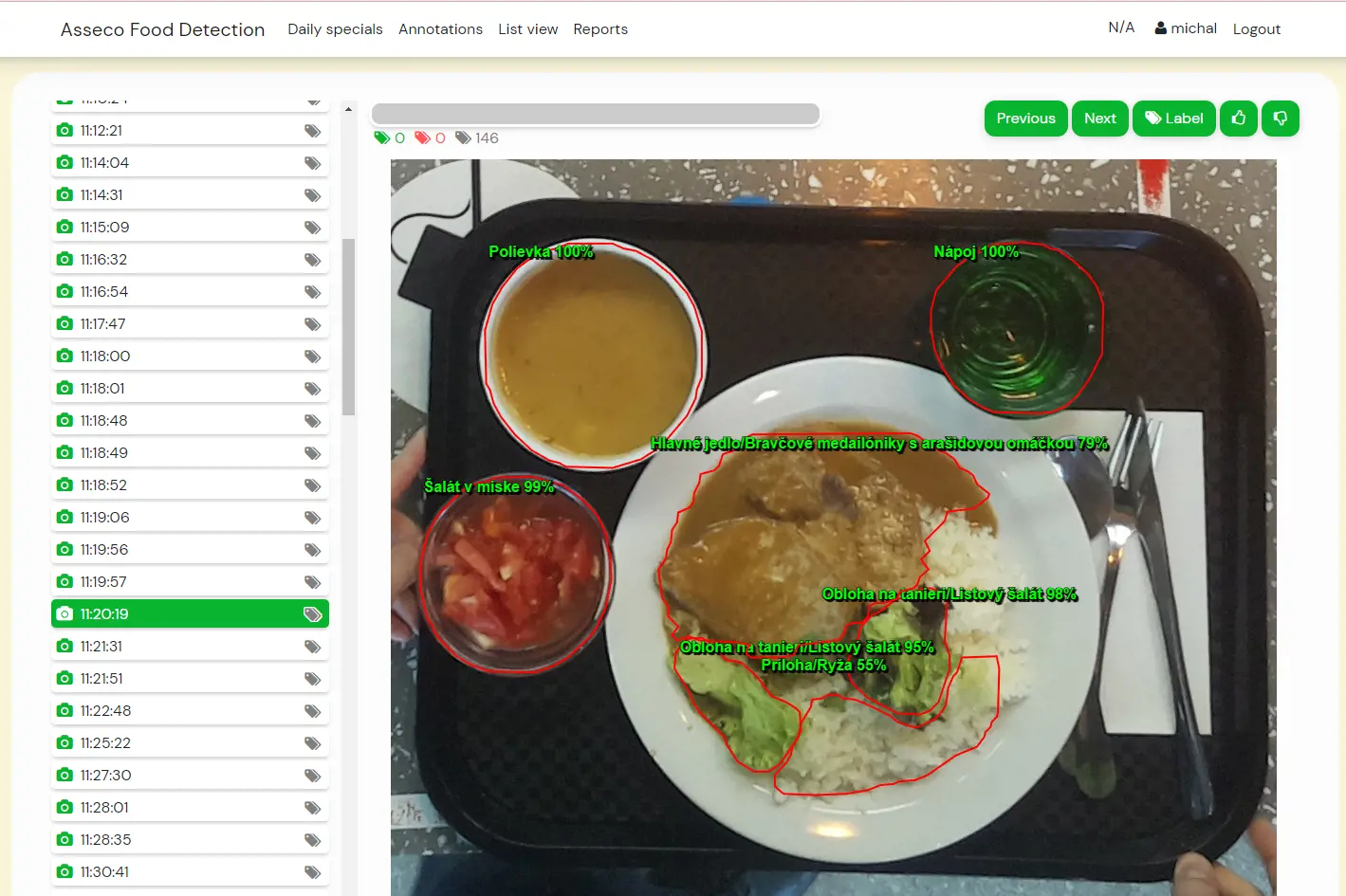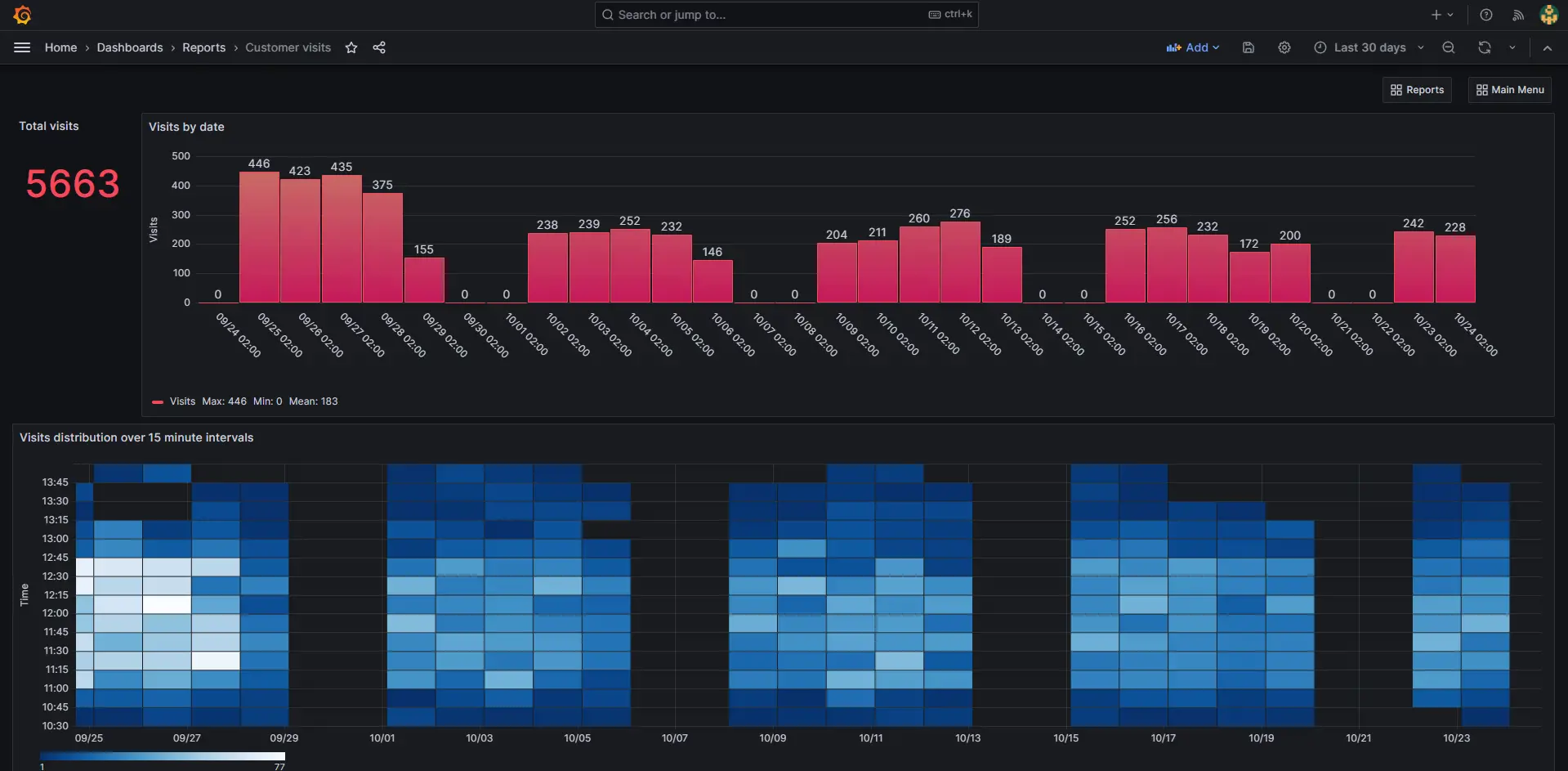Food quality detection is one of the topics that has a wide application in various areas of business and in everyday life. Its main benefit is the possibility to prevent wasting of food and to ensure that low-quality food is not processed or consumed.
The process of detecting and evaluating food quality
- The very process of detecting the quality of food using learning artificial intelligence is based on the recognition of the sensory properties of the food, mainly based on the properties that can be read from the image. Image processing takes place in several stages:
Local image processing: The first stage takes place on a local device where the image is captured and edited. The photos are analysed to identify areas containing food, followed by cropping the photos so that only those areas are shown. In order to protect privacy, any parts that might contain personal data are removed by blurring. - Image processing in the cloud: In this stage, the image is transferred to a cloud service, where the individual components of the food are recognized and named.
Model development and training
Training is a key element in the process of creating a model that recognizes food and its quality. Training data, or dataset, must contain images with clearly marked areas of food. These objects are then manually labelled and associated with appropriate names. This dataset then provides the basis for training the model.
 |  |  |
Practical use of technology
HoReCa business - In restaurants, this technology could be used to monitor the quality of food and ensure that low-quality or spoiled food does not reach the plate. This would improve customer satisfaction and minimize the need for food returns or complaints. In addition, restaurants could analyse food quality data and identify trends or issues that could potentially improve their offerings.
In the field of catering, automatic detection and evaluation of food quality can make processes more efficient, also by using automatic cash registers.
Food industry - Food quality detection could be used in this area to check and sort raw materials and products. Potentially contaminated or defective raw materials could be detected if using this technology, which would ensure a higher level of food safety. It would also be possible to monitor the quality of the products during the production process and ensure that the resulting products meet the set quality standards.
Everyday life - food quality detection can be used when shopping for food, where consumers could use a mobile application to scan products and get information about their quality. In this way, they could make informed decisions and avoid poor quality or potentially dangerous food.
Benefits of food quality detection
Food quality detection brings many benefits and has great potential in various fields. Thanks to this technology, it is possible to effectively monitor and improve food quality, minimize waste, and ensure food safety.
Examples of reports:
 |  |



